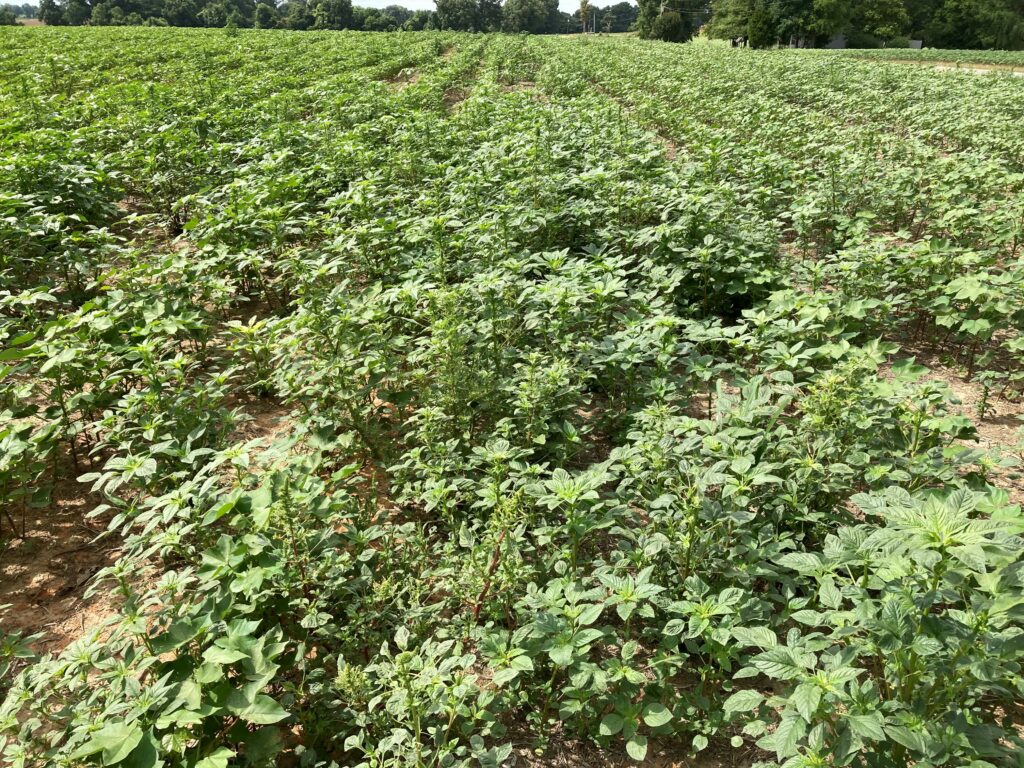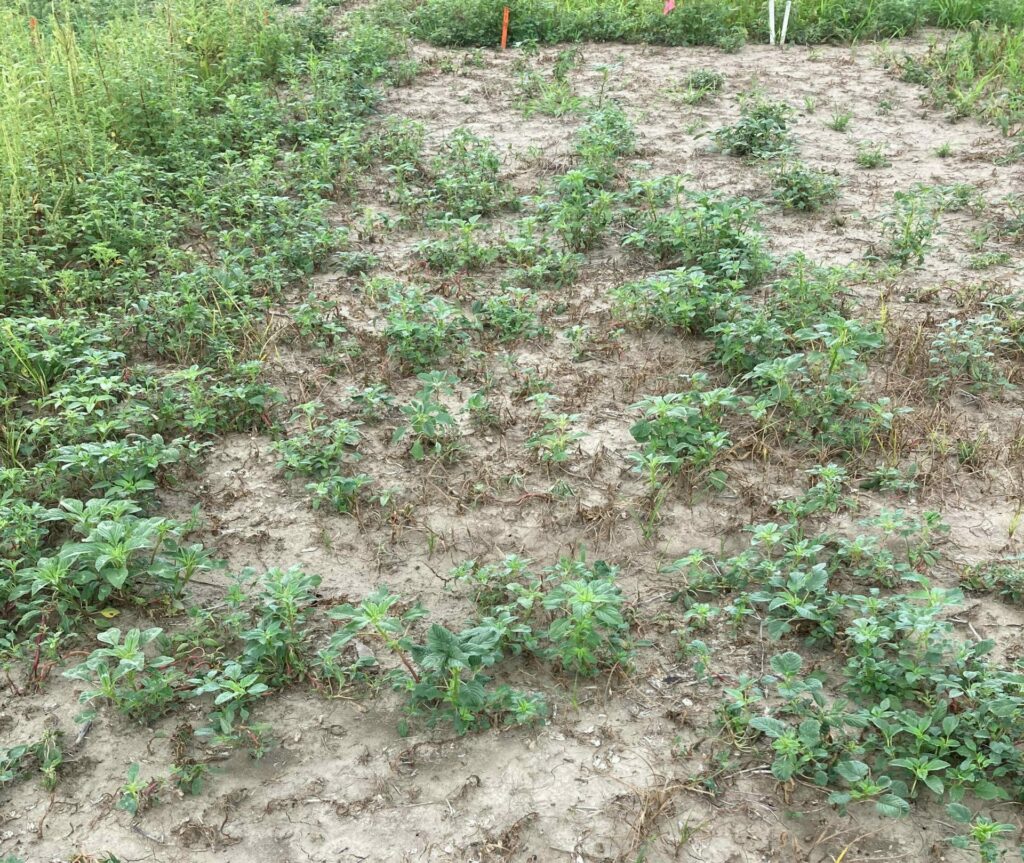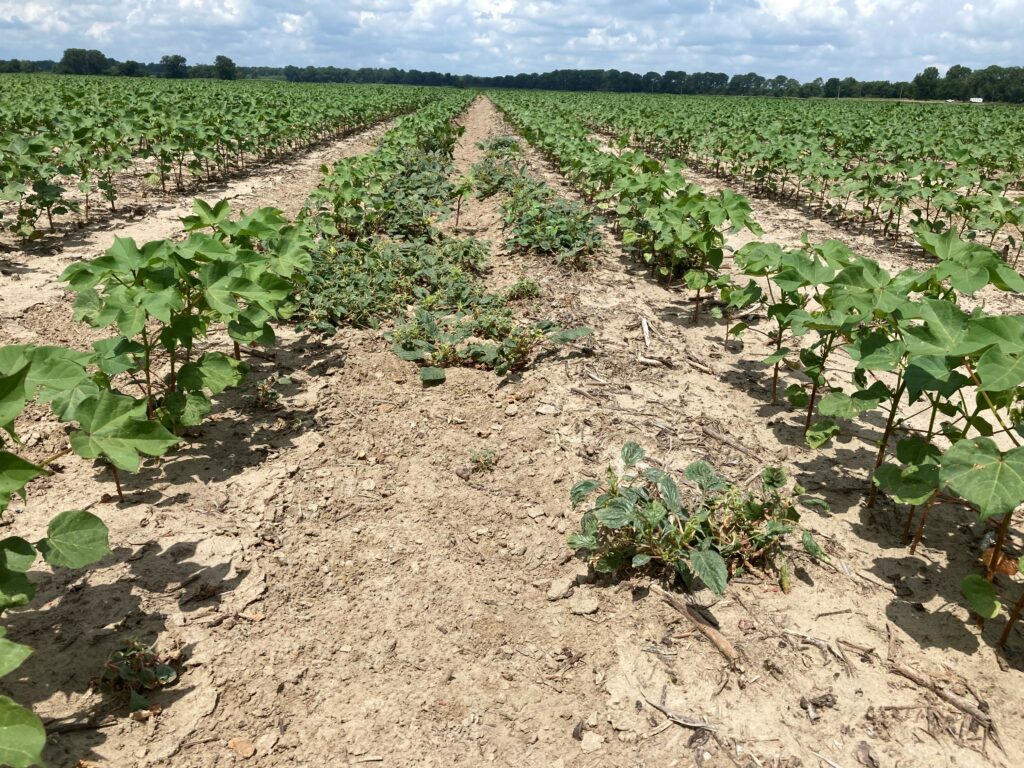
We have visited fields where growers assumed their Engenia or XtendiMax + glyphosate had controlled Palmer amaranth only to find that many had escaped and are now quite large (Picture 1). The question is what are some approaches to manage these escapes? Continue reading



